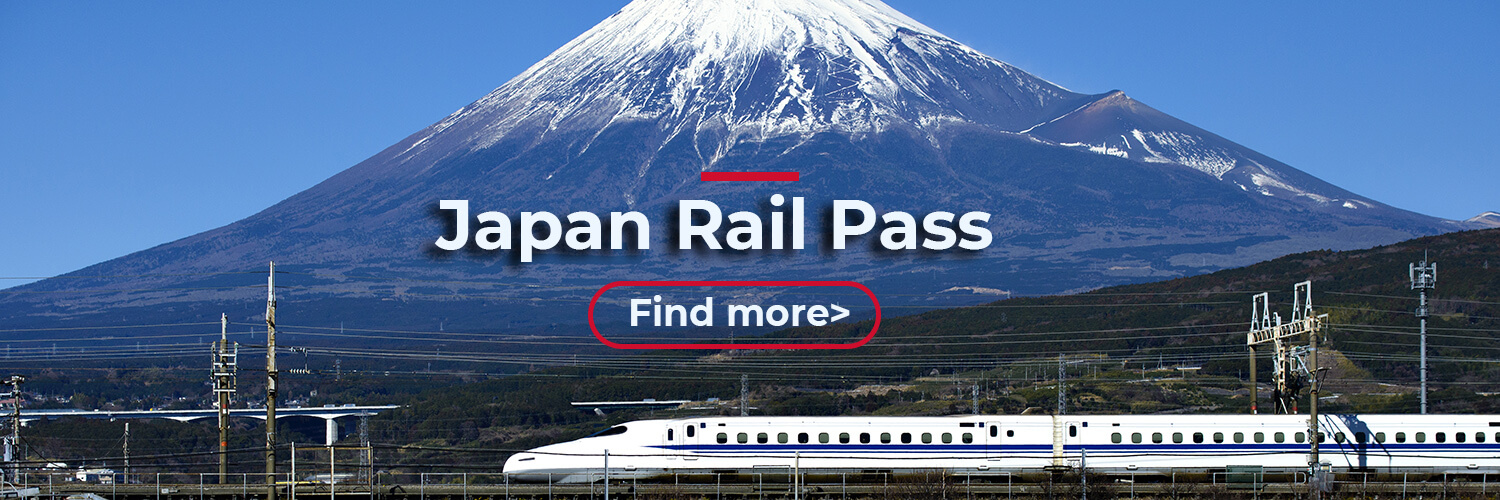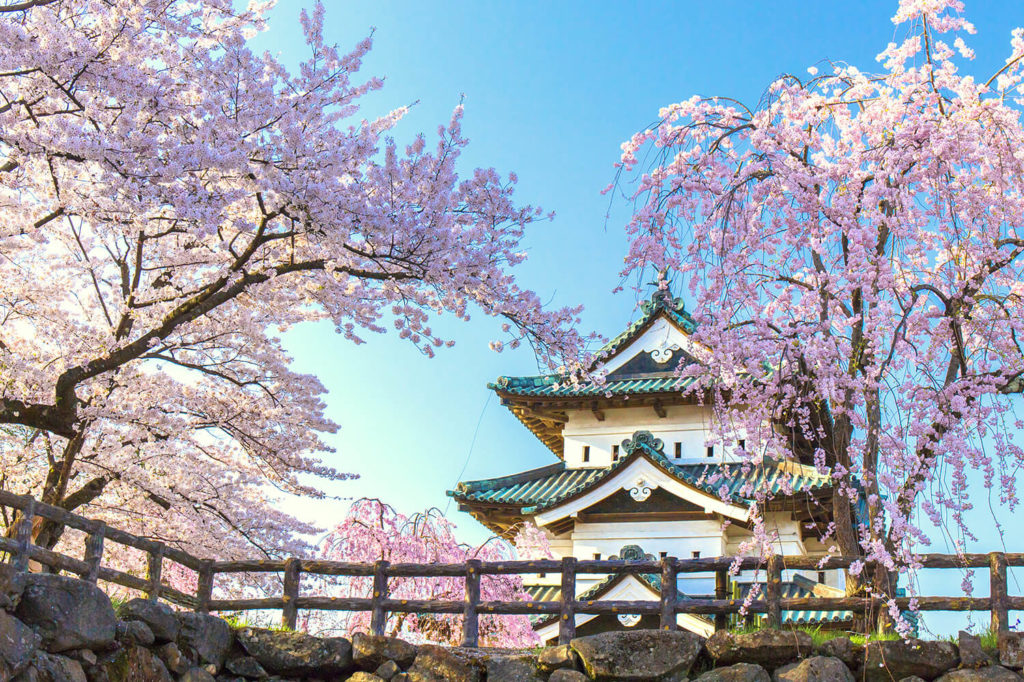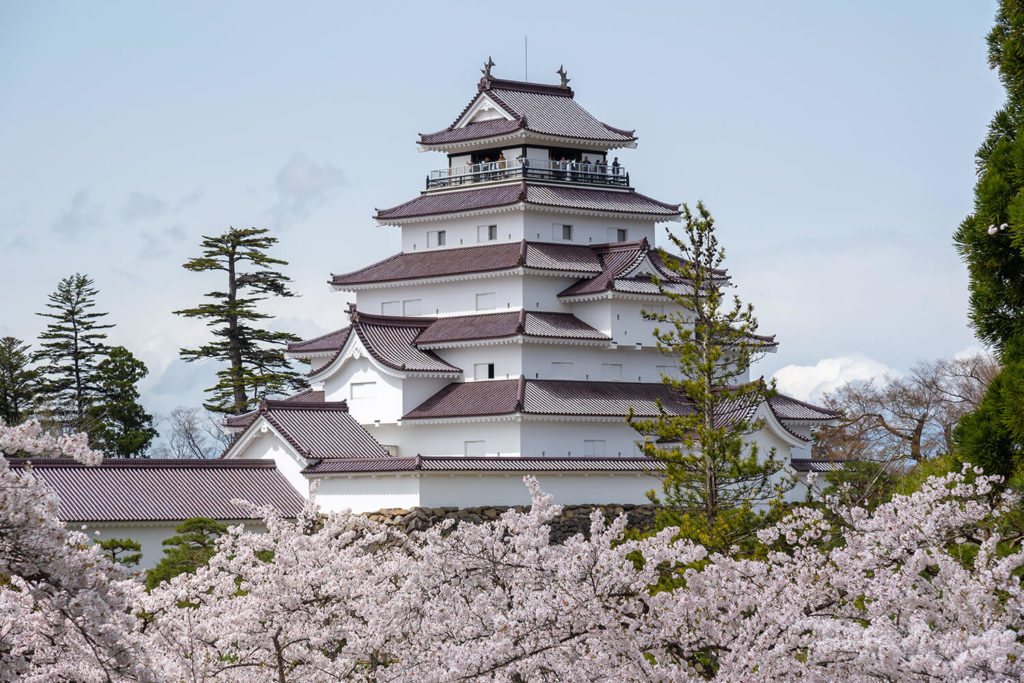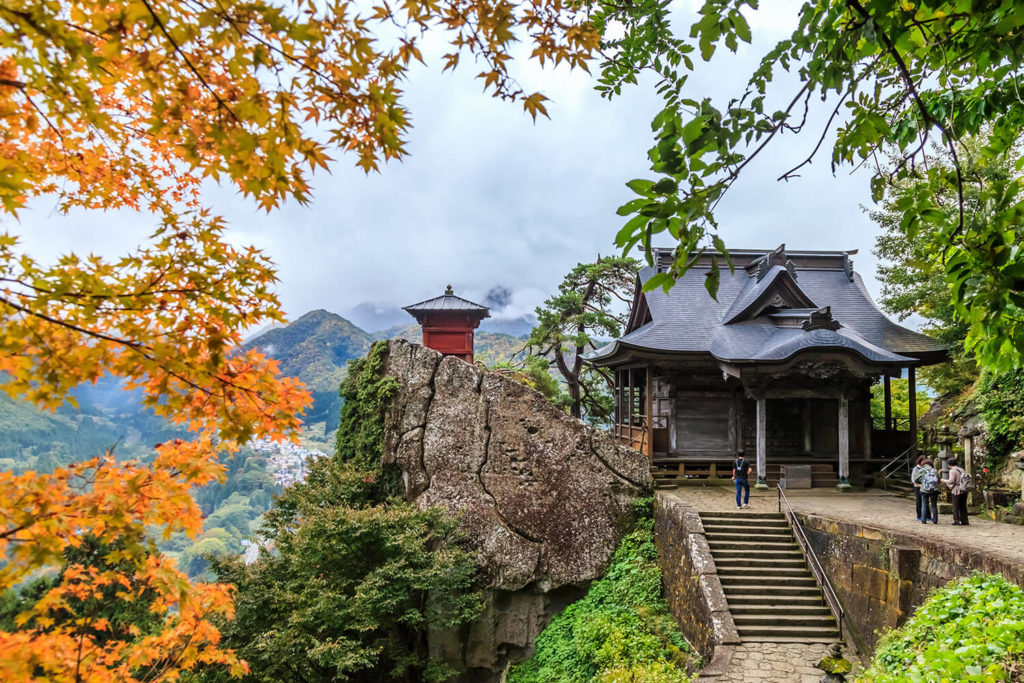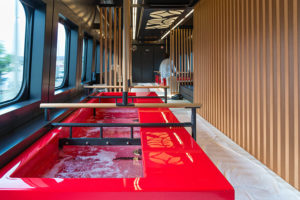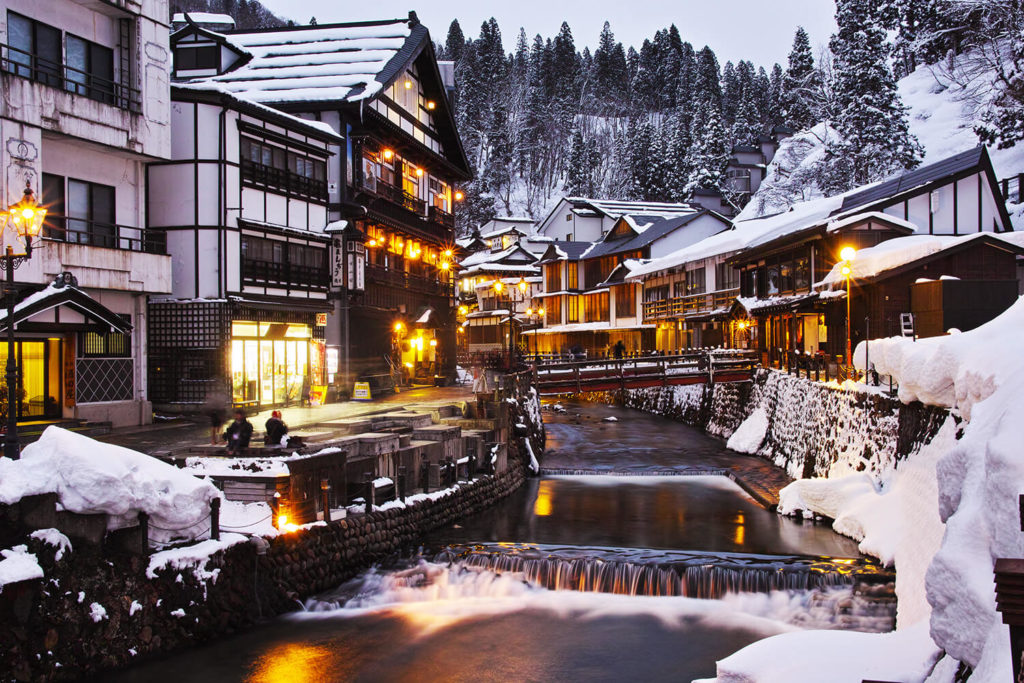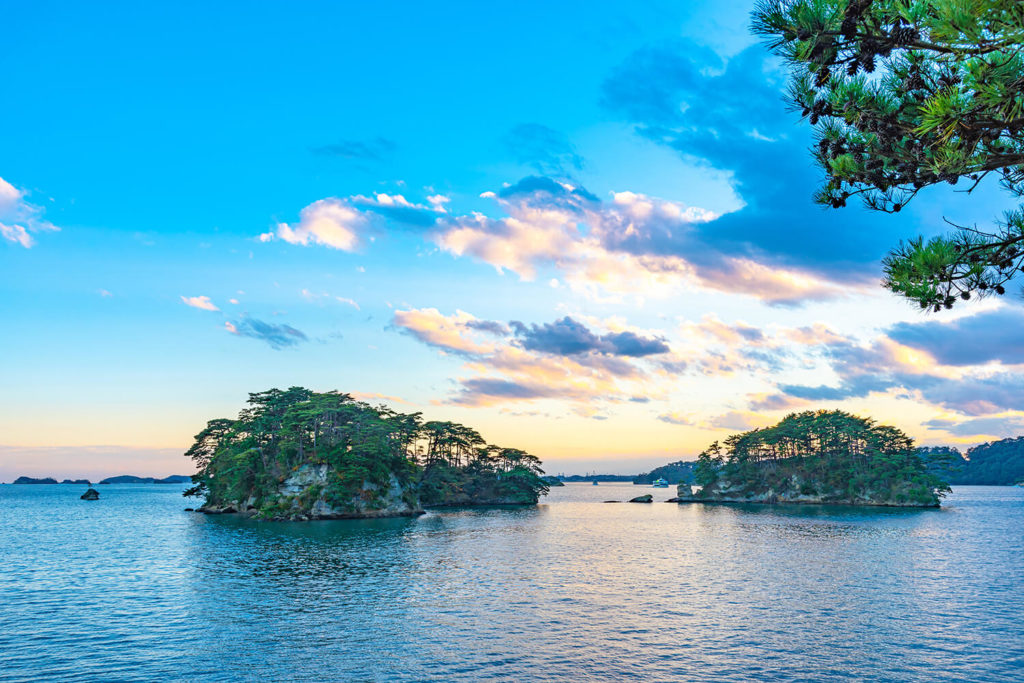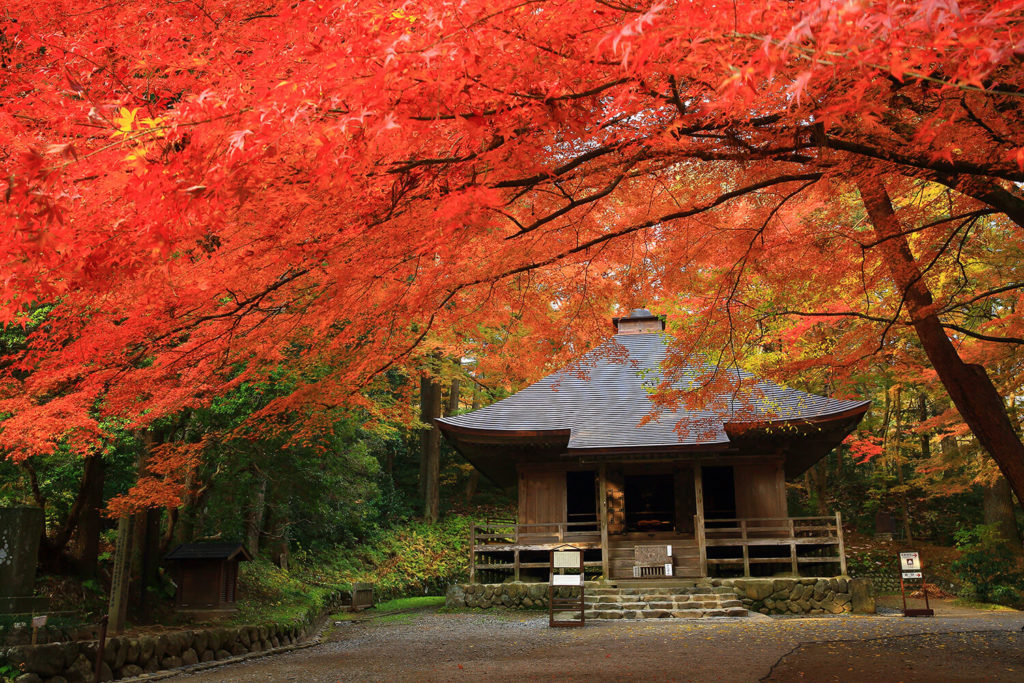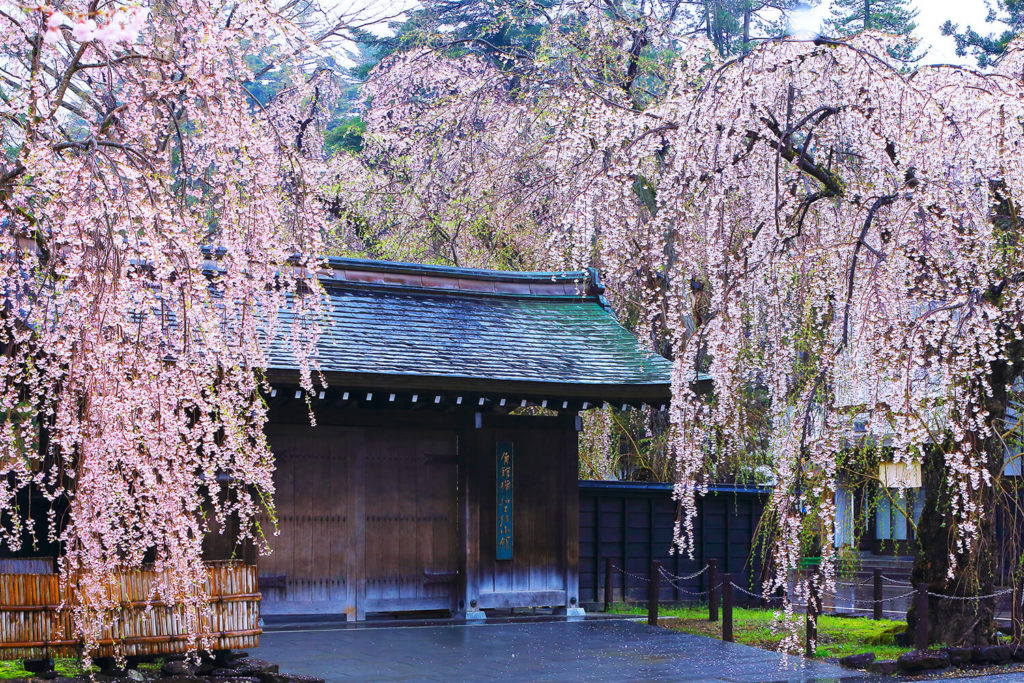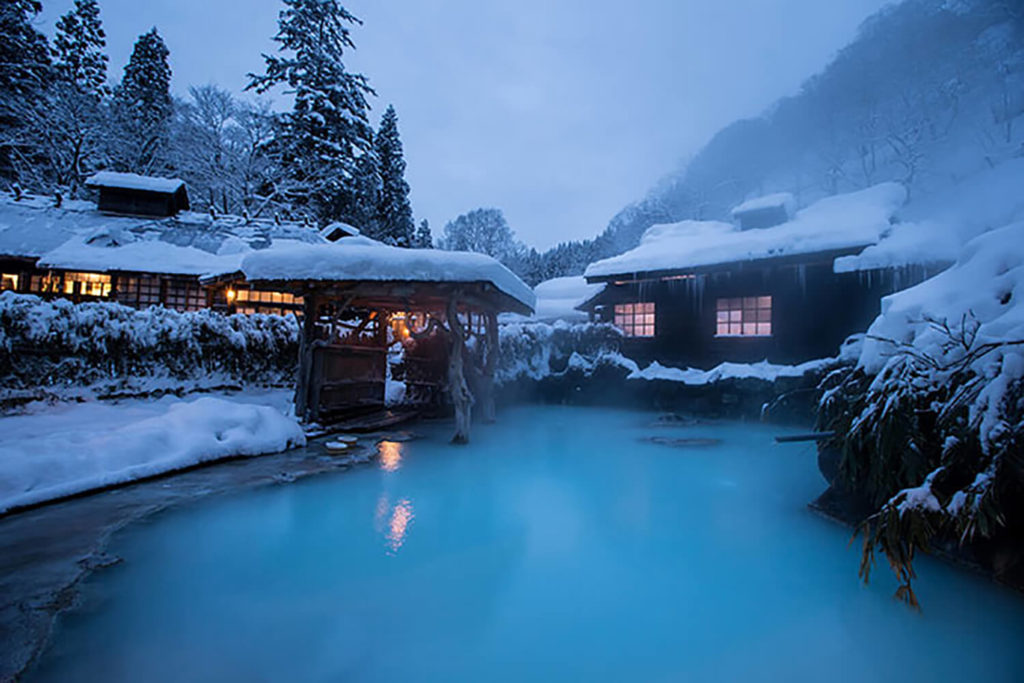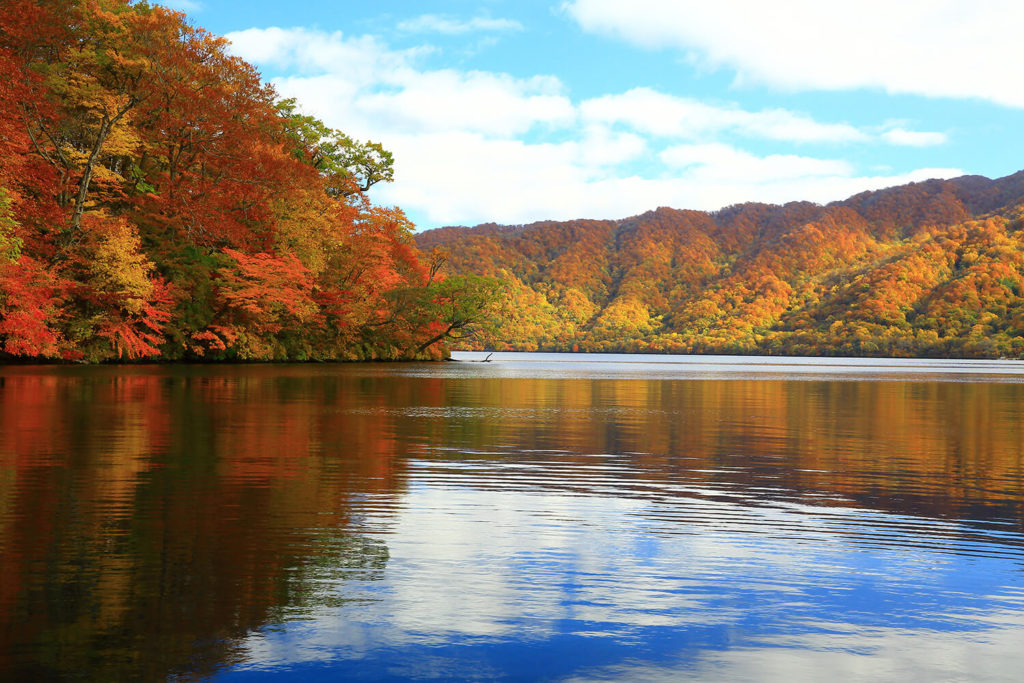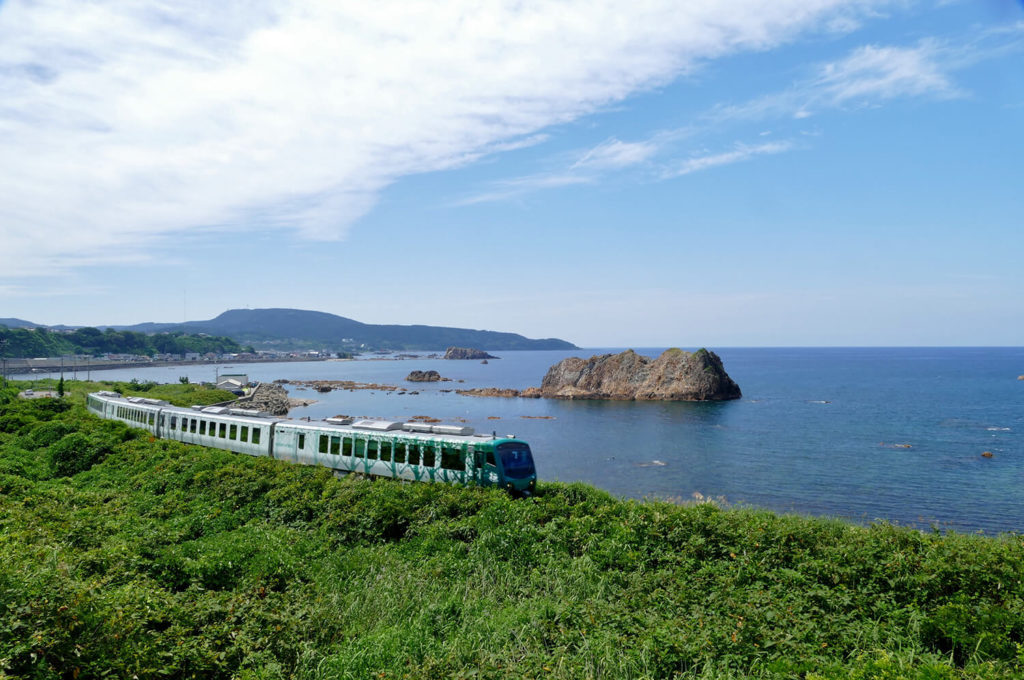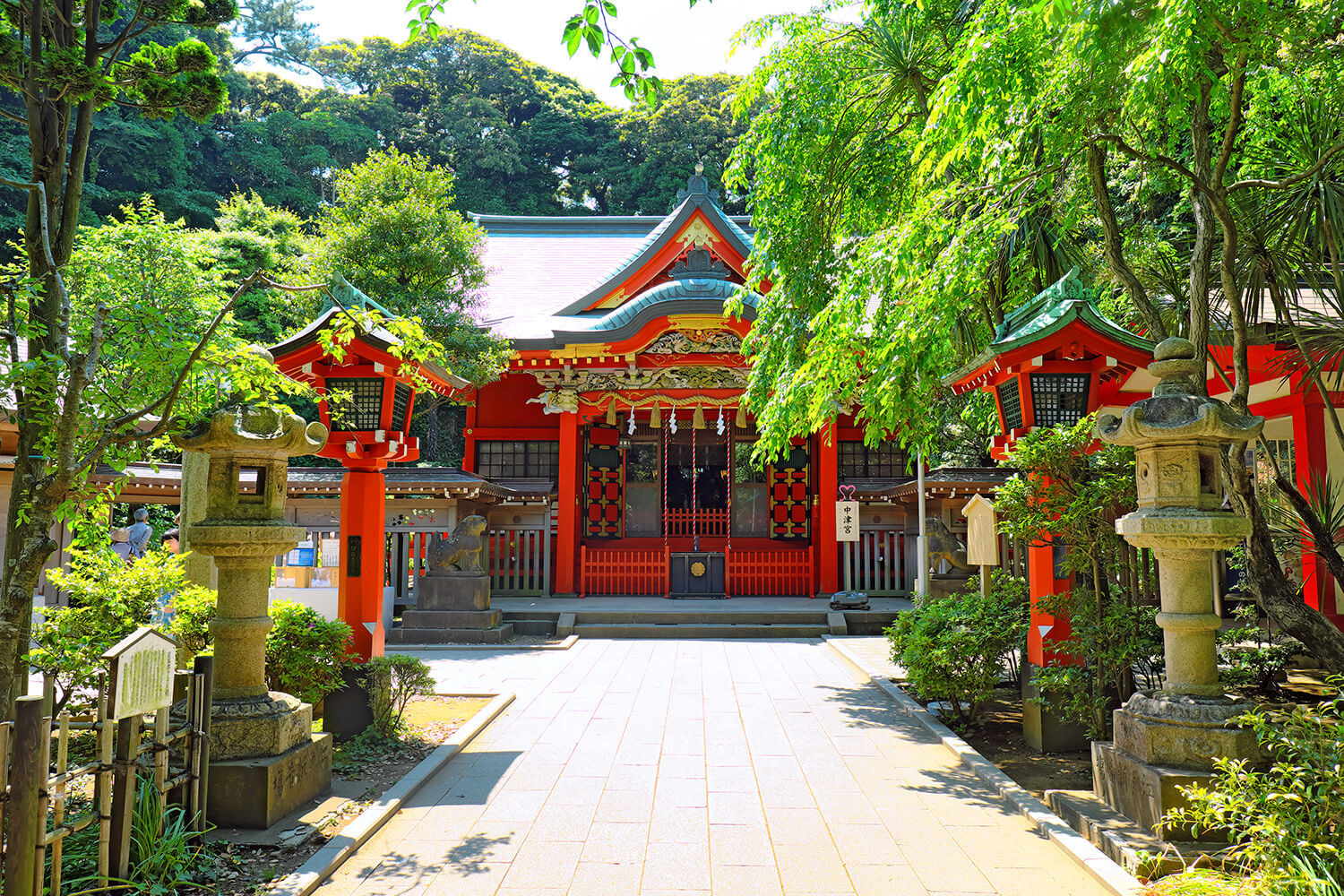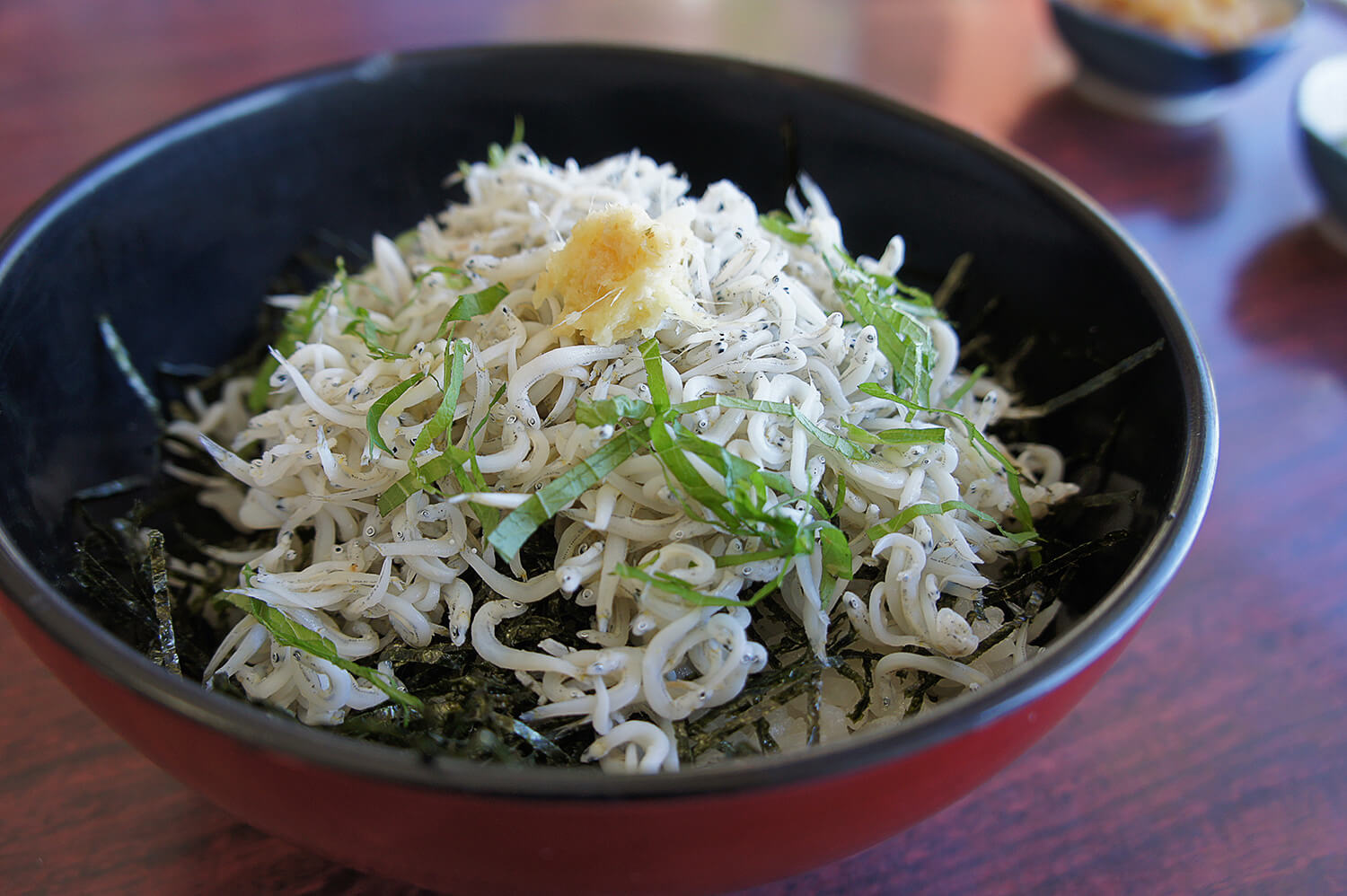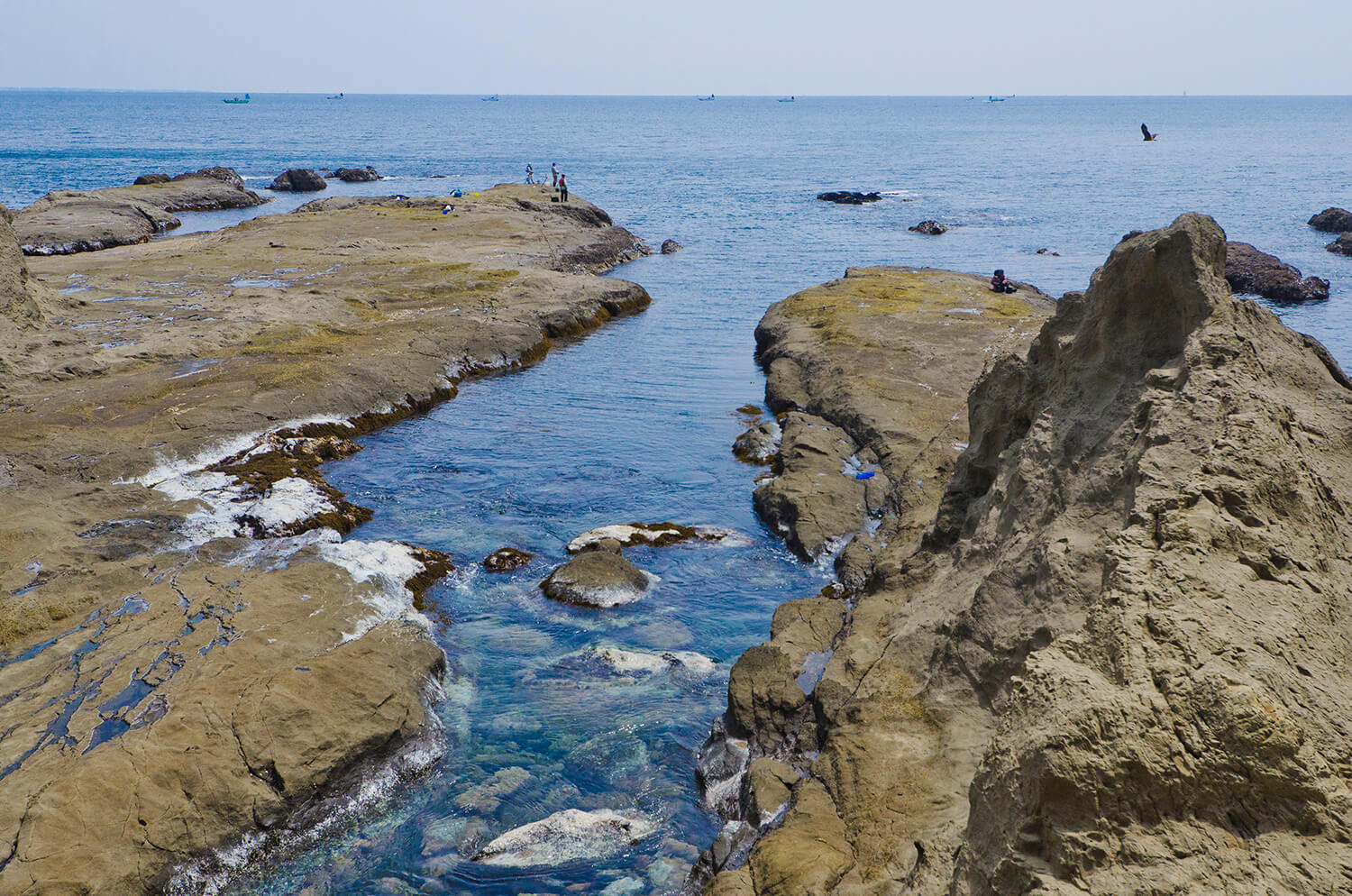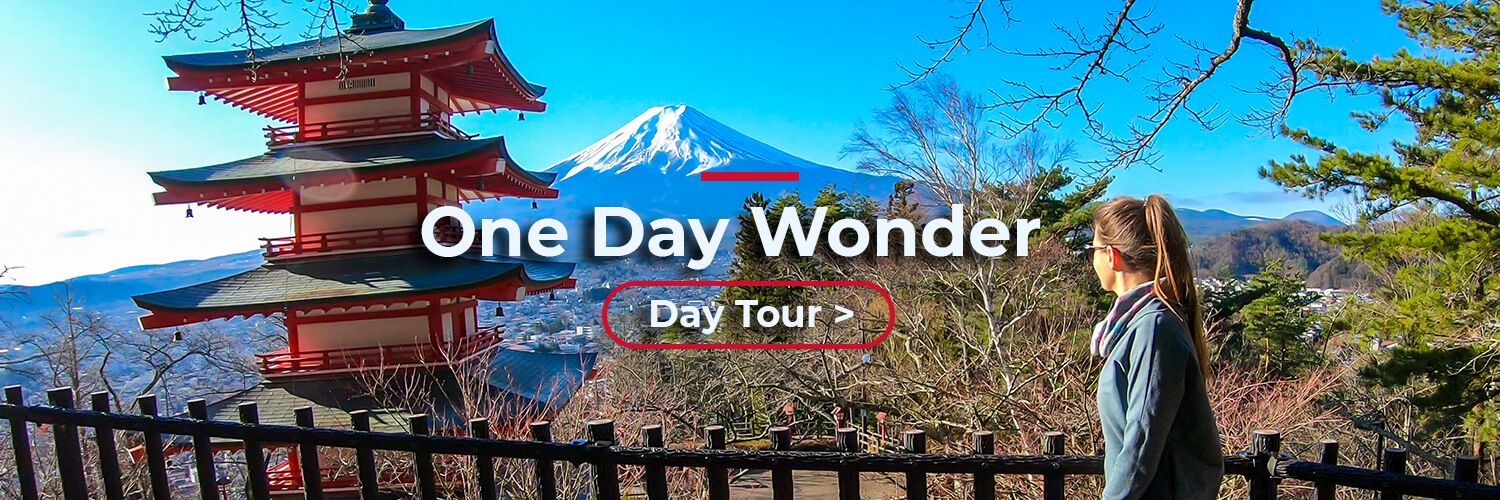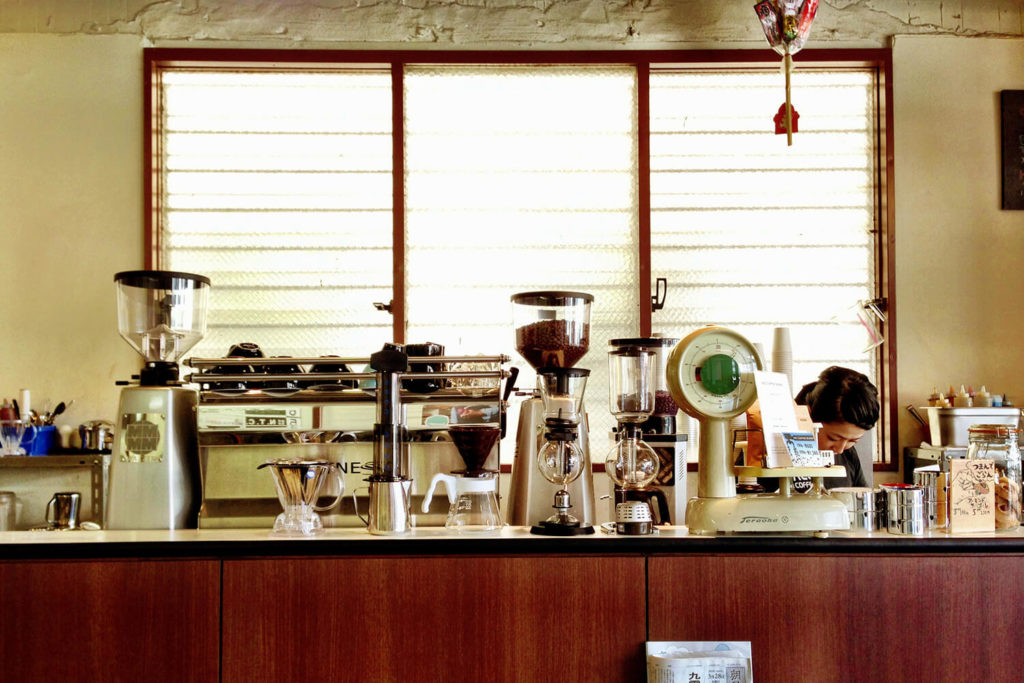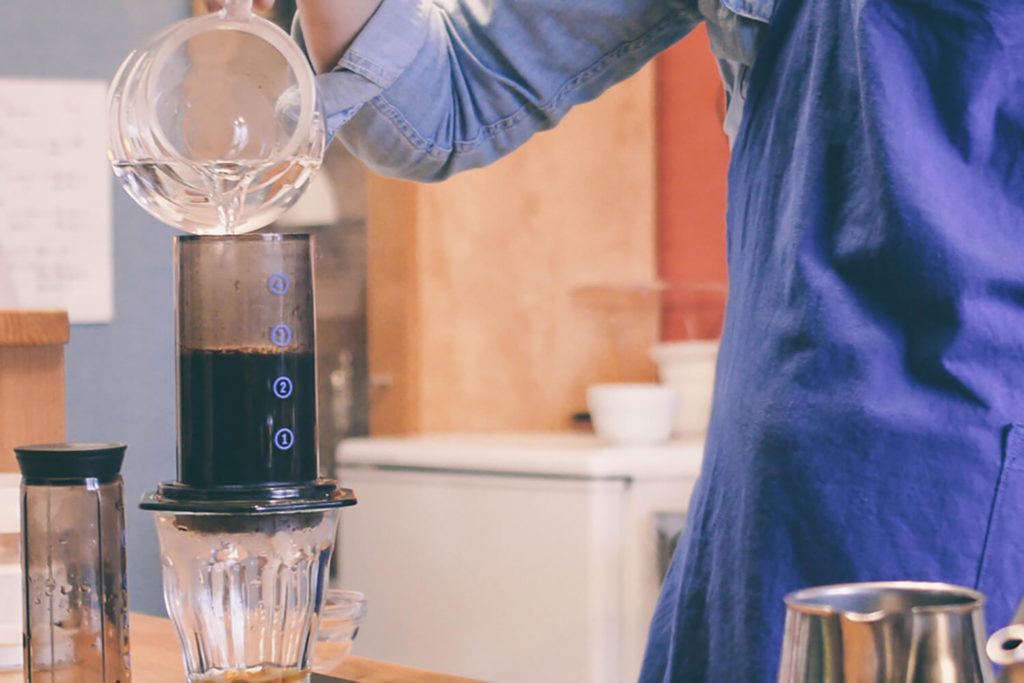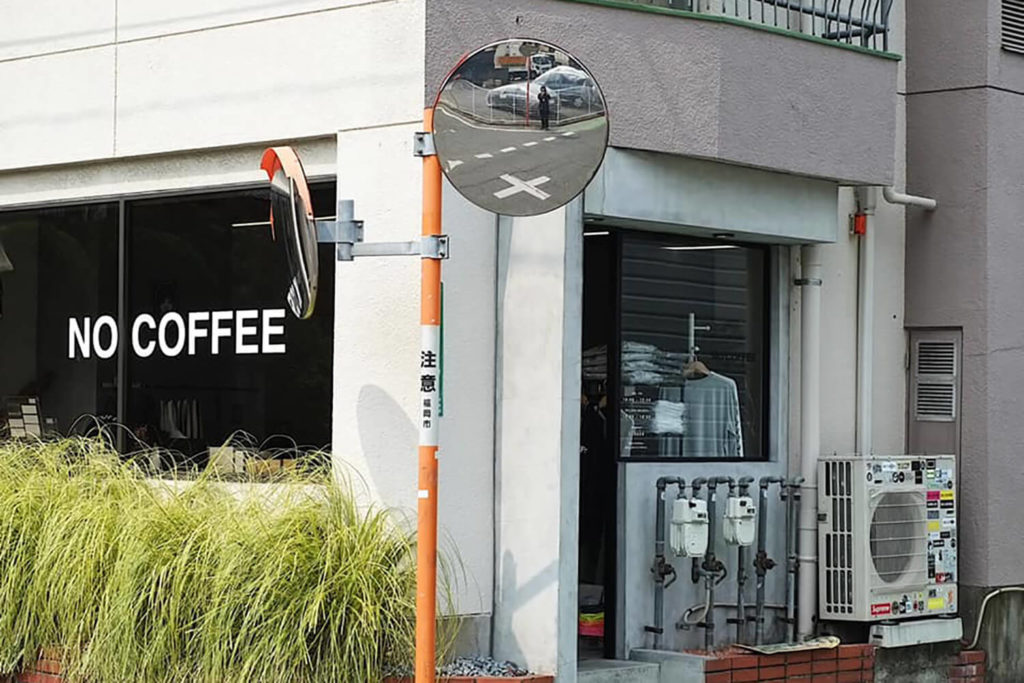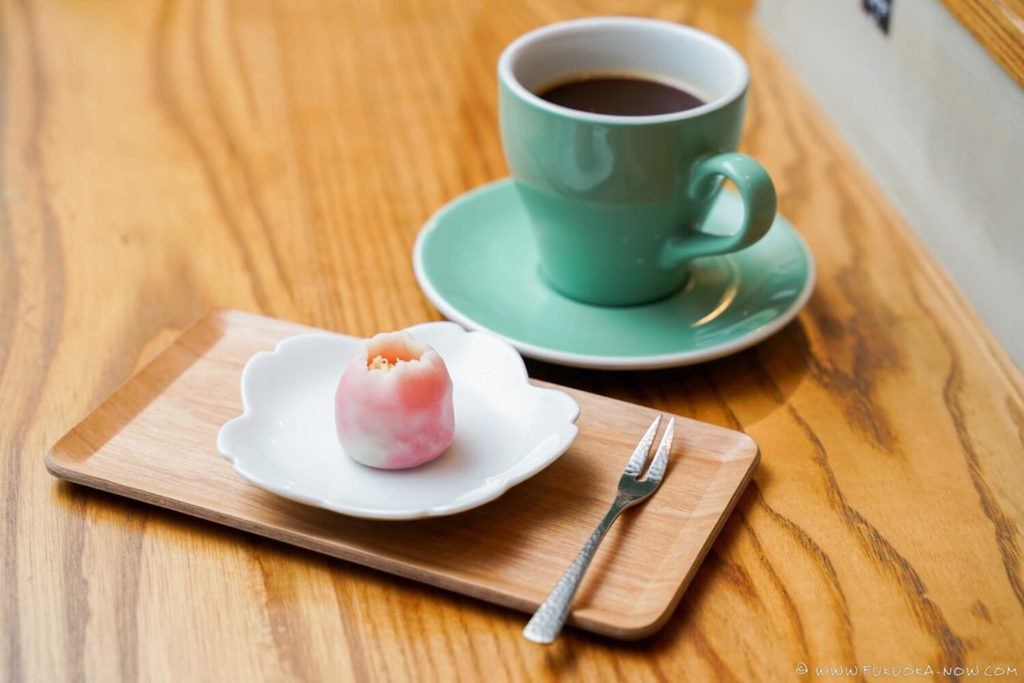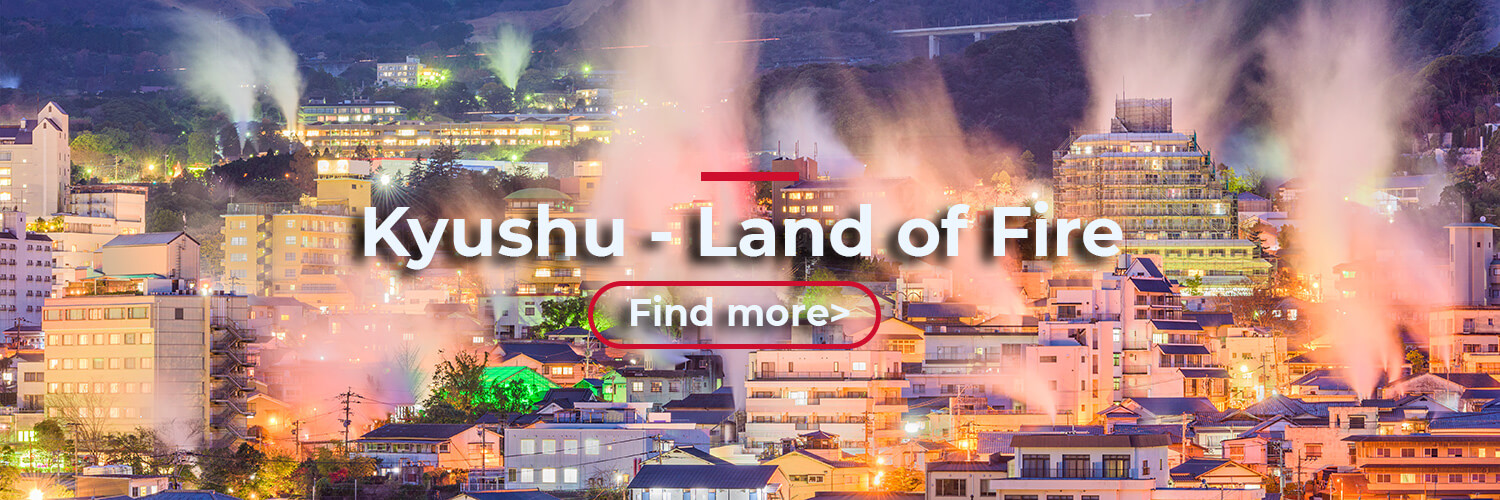The JR Kyushu Passes are a great way to make your way around some of the must-see spots on Japan’s southernmost island, Kyushu! There are seven prefectures located in Kyushu: Fukuoka, Kagoshima, Kumamoto, Miyazaki, Nagasaki, Oita, and Saga.
Kyushu offers a diverse landscape and unrivaled natural beauty in the form of hot springs, volcanoes, forests, mountains, & beaches. If you’ve read some of our other Kyushu-centric posts, you’d have picked up on the fact that the regional cuisine in Kyushu is delicious, and second-to-none in my opinion! Furthermore, the juxtaposition of modern and bustling International cities with traditional Japanese culture; such as Buddhist Temples, Shinto Shrines & Samurai history, is a huge drawcard for those wanting to experience this part of Japan.
For the destinations listed here, I would recommend the 5 days All Area Kyushu Pass. Read on to learn about some of the exciting places that you can visit with your JR Kyushu Pass!
Fukuoka
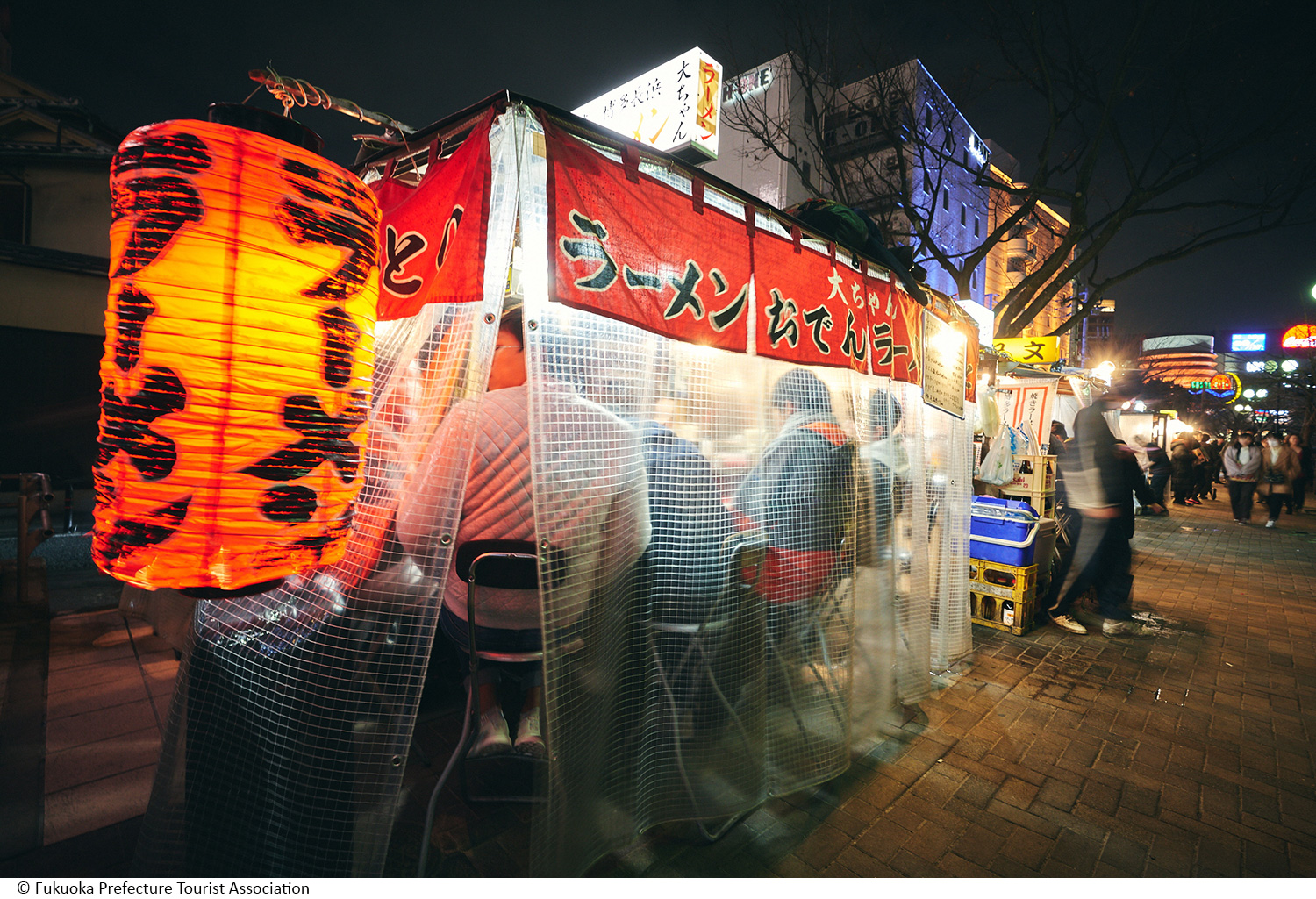
Fukuoka is the largest city in Kyushu, and one of the most populated in Japan. Fukuoka has been an important gateway to the world thanks to it’s Hakata Port & it’s proximity to South Korea and China. When traveling via air to Fukuoka, you would most likely arrive in Fukuoka International Airport via either domestic hubs, such as Tokyo or Osaka, or International hubs such as Hong Kong, Singapore, Taipei or Seoul. If you were to have the National Japan Rail Pass, as opposed to the Kyushu Rail Pass, then you could access Fukuoka via the Sakura Bullet Train from Hiroshima in only 67 mins (cost without the JR pass is approx. ¥9,100 per adult).
Fukuoka is abundant with interesting things to do. On top of my list, yep you guessed it, food!! Fukuoka is famous for its Yatai, or ‘food stalls’, that line the streets at night and offer a unique atmosphere. You will find them throughout the city center, but I recommend the areas of Nakasu, Nagahama & Tenjin for the best-of-the-best. Food that you will find in these stalls is usually the famous Hakata ramen (pork broth ramen), yakitori (chicken skewers) and oden (hot pot), along with alcoholic beverages of different kinds!
Now onto some daytime activities; there is plenty to do and see in Fukuoka. why not check out Uminonakamichi Seaside Park: a public park made up of an amusement park, playgrounds, flower gardens, a water park, and a zoo with open spaces perfect for bringing a picnic. You can rent bicycles and explore the area, and it is particularly beautiful in spring (late March, early April) as there are cherry trees planted in the parks and along the cycling trails. A beautiful scenic spot to visit for everyone, especially families.
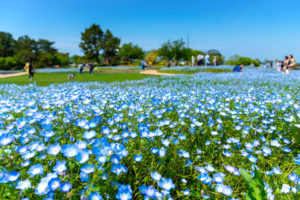
If you’re after a bit of Japanese culture, Shofukuji Temple is another popular attraction in Fukuoka as it is Japan’s first Zen temple, founded in 1195. The Temple buildings have been destroyed and re-built on multiple occasions and they are not accessible to the public, however, the grounds are lovely to walk around. You can access Shofukuji Temple in just a 15-20 minute walk from Hakata Station.
I also recommend Dazaifu city and Dazaifu Tenmangu Shrine as a day trip from Fukuoka. Dazaifu is accessible in around 35mins via the JR Kagoshima rapid line from Hakata Station to Futsukaichi Station (with your JR pass), a short walk to Nishitetsufutsukaichi Station to transfer to the Nishitetsu Dazaifu Line to Daizaifu Station (not covered on your JR pass but only ¥160 per person fare). This is a large and attractive shrine of torii gates and a pond with arched bridges and islands representative of the past, present, and future.
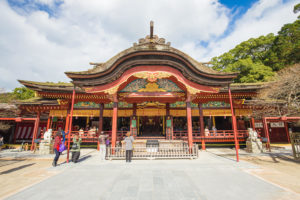
For those interested in shopping and entertainment, Canal City Hakata has been coined a city within a city and is accessible by only a 15min walk from Hakata Station. You can get your souvenir shopping done here and also check out the hundreds of International retailers. I suggest having a go at one of the classic Japanese game arcades and tasting the ramen at Ramen Stadium, a collection of eight ramen shops on the fifth floor, showcasing different ramen dishes from across Japan.
Finally, if you find yourself in Fukuoka in November, you may have a chance to see a Sumo tournament. Ask us for the dates and ticket arrangements as this is a not-to-miss tradition if you have the chance!
Nagasaki
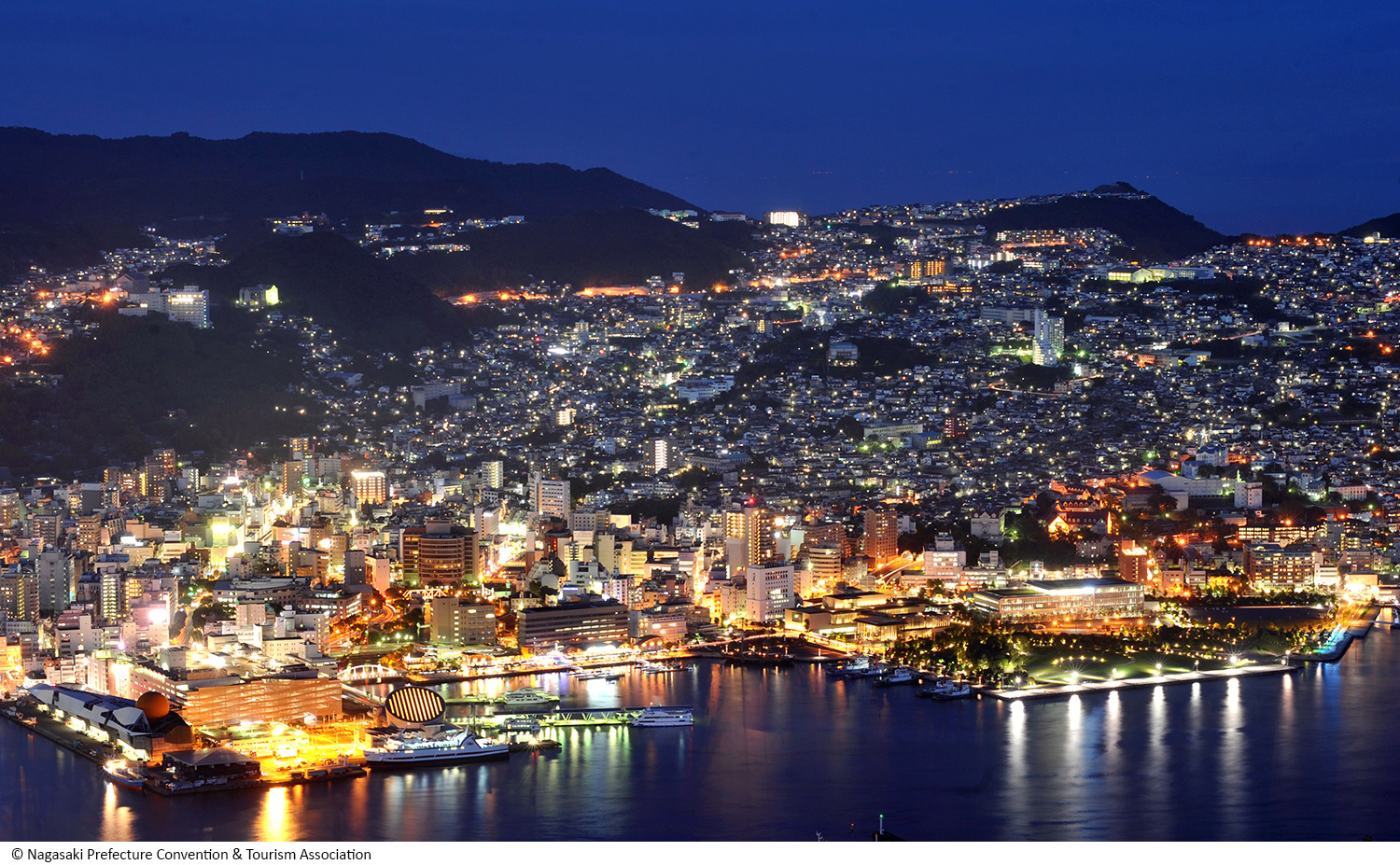
Another important port city of Japan, Nagasaki was one of the only ports open to foreign traders during Japan’s period of isolation from 1639 to 1853, therefore playing an important role in foreign trade relations. The influence of other cultures, particularly Dutch, is evident in the European architecture that can be found throughout Nagasaki, particularly in the Dejima district. Access with your JR pass from Hakata Station is only 116mins on the Ltd. Exp Kamome Line to Nagasaki Station.
One of the most popular sightseeing attractions in Nagasaki is, of course, the Nagasaki Peace Park that commemorates the atomic bombing of Nagasaki during the Second World War in 1945. The Peace Park is accessed most easily via the tram in around 10mins from JR Nagasaki Station (the tram is not included on your JR pass).
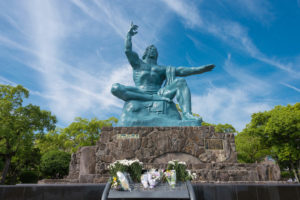
Another popular attraction is Mount Inasa, which can be reached by ropeway, bus, or car and offers a stunning view of the city, particularly at night! The ropeway can be reached in only 10mins from Nagasaki Station by bus or taxi and costs ¥1250 per adult for the round trip.
For those after something a bit different, I recommend booking a tour to Gunkanjima (Battleship Island). Located around a 50min boat ride from Nagasaki Port, the island used to be a coal mine inhabited mainly by the mineworkers and their families. It takes its name from the image of the built-up buildings resembling a battleship. These days, the island is abandoned after the mine was closed in 1974, and it makes for a very eerie but interesting experience.
Finally, the open-air museum, Glover Garden, is another stop that should be on your Nagasaki itinerary. It exhibits several mansions that belonged to former foreign residents of Nagasaki, particularly the Former Glover House of Thomas Glover which is the oldest Western-style wooden building in Japan and is an important attraction outlining the history of the Meiji Restoration and Japan’s Industrialisation.
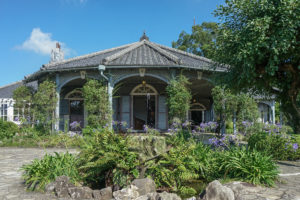
As for food, you must try Champon in Nagasaki: a boiled ramen noodle soup dish with fried pork, vegetables, and seafood in a creamy broth, it is one of the most popular specialty dishes in Nagasaki!
For more detail on what to do in Nagasaki, check out our blog –> Nagasaki Travel Guide – 10 Spots You Must Visit in Nagasaki
Kumamoto
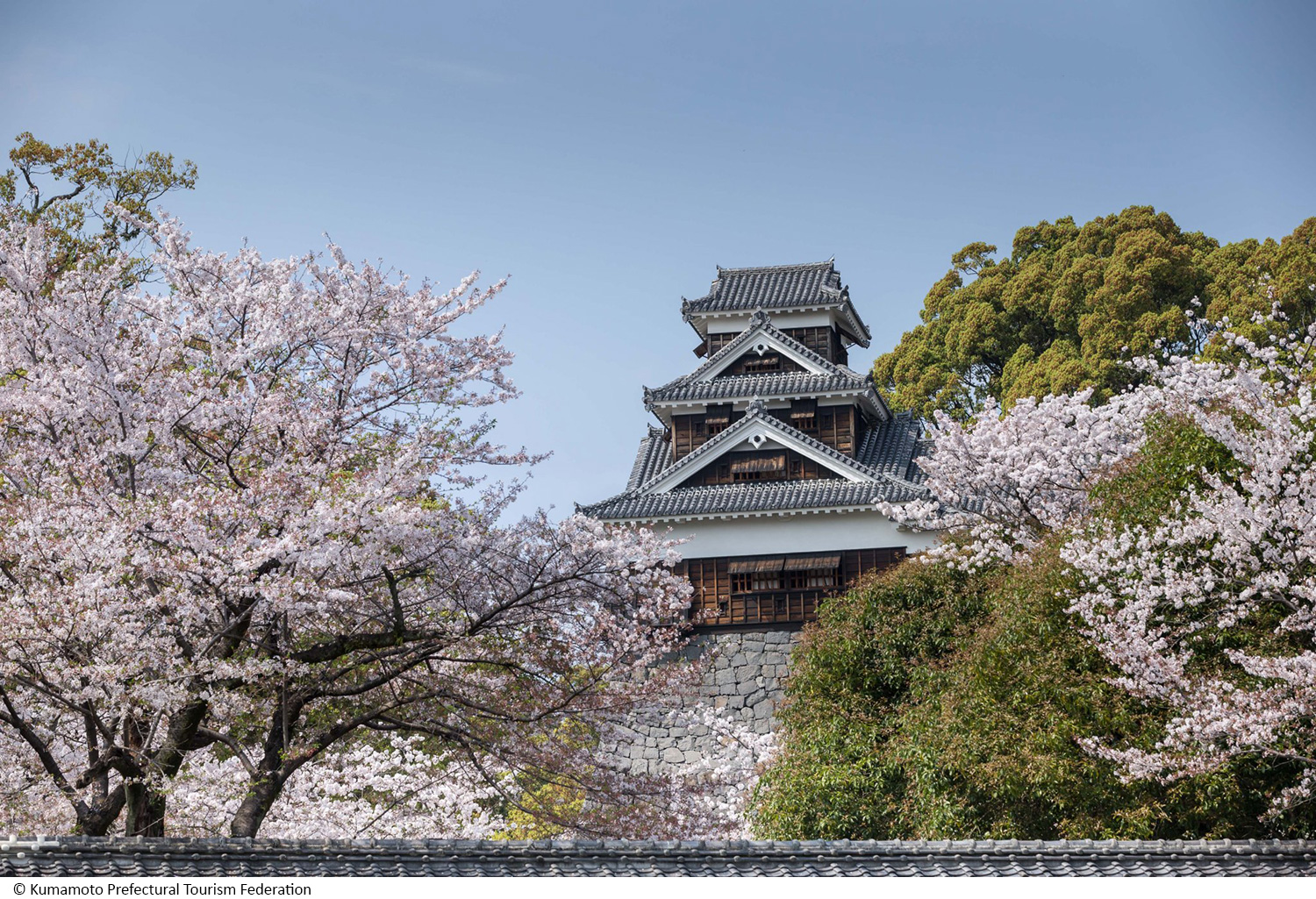
Kumamoto is accessible from Nagasaki with your JR Kyushu Pass by taking the Ltd. Exp. Kamome line from Nagasaki Station to Shin-Tosu Station then transfer to the Sakura Bullet Train to Kumamoto Station. The journey takes approx. 120mins.
Kumamoto City is most famous for Kumamoto Castle and it’s Samurai history. Kumamoto Castle is a must-see when in this region as it’s one of Japan’s top three Castles. Unfortunately, the Castle suffered some damage during the earthquakes in 2016, meaning that the inner grounds of the castle cannot be entered at all times. The main keep is expected to be opened again to the public in spring 2021. This shouldn’t discourage a visit though, especially during spring, in late March and early April, as the hundreds of cherry trees turn the outside grounds into a popular cherry blossom viewing spot! The unique reconstruction of the Honmaru Goten Palace on castle grounds is also a beautiful sight and if you want to have a bit of fun, you can dress up in Samurai armour! You can access Kumamoto Castle via a 15min tram ride from JR Kumamoto Station (¥170 per adult – not included on your JR pass) or in approx. 30min walk.
Another popular sightseeing spot in Kumamoto is Suizenji Garden, a stunning Japanese garden built in the 17th century by the Hosokawa family. For a bit of tranquility and zen, take a stroll through the garden, accessible by a 30min tram ride from JR Kumamoto Station to the Suizenji Koen stop (¥170 per adult – not included on your JR pass).
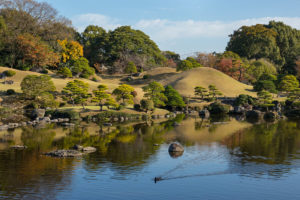
Outside of Kumamoto City, in Kumamoto prefecture, there are plenty of must-see sites also. Notably, Mt. Aso is a great spot to visit on a day trip. Mt. Aso is an active volcano surrounded by wide-open farmland and rolling hills. The main crater is accessible via a day tour, volcanic activity-dependent, and this is currently the easiest way to access the Aso area.
Another notable day trip from Kumamoto is Kurokawa Onsen. For those after a day of relaxation in hot springs, particularly during the winter, Kurokawa Onsen is one of the most attractive hot spring towns in Japan. Kurokawa Onsen maintains a traditional Japanese hot spring town atmosphere with many traditional Ryokan (Japanese Inns) and public bathhouses, shops, and restaurants lining the streets. Perhaps a bit tricky to reach as there is no train line out here, I would recommend hiring a car for the day to get to Kurokawa Onsen.
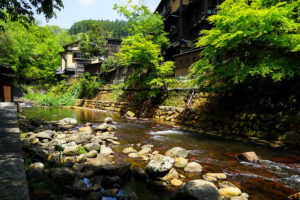
Finally, what to eat in Kumamoto? Most aren’t going to be game enough, however, I highly recommend trying basashi (raw horse meat). Kumamoto’s specialty is a bit scary at first, but once you’ve tried a bit of the gamey sashimi with sides of soy sauce, ginger, garlic, Japanese horseradish, and/or sliced onion, you’ll understand where I’m coming from. It’s surprisingly light and delectable! For those not so into the idea of raw meat, try Kumamoto’s Red Wagyu Donburi: a rice bowl topped with medium-rare wagyu beef and an egg boiled in hot spring waters, it’s a delicious alternative!
Kagoshima
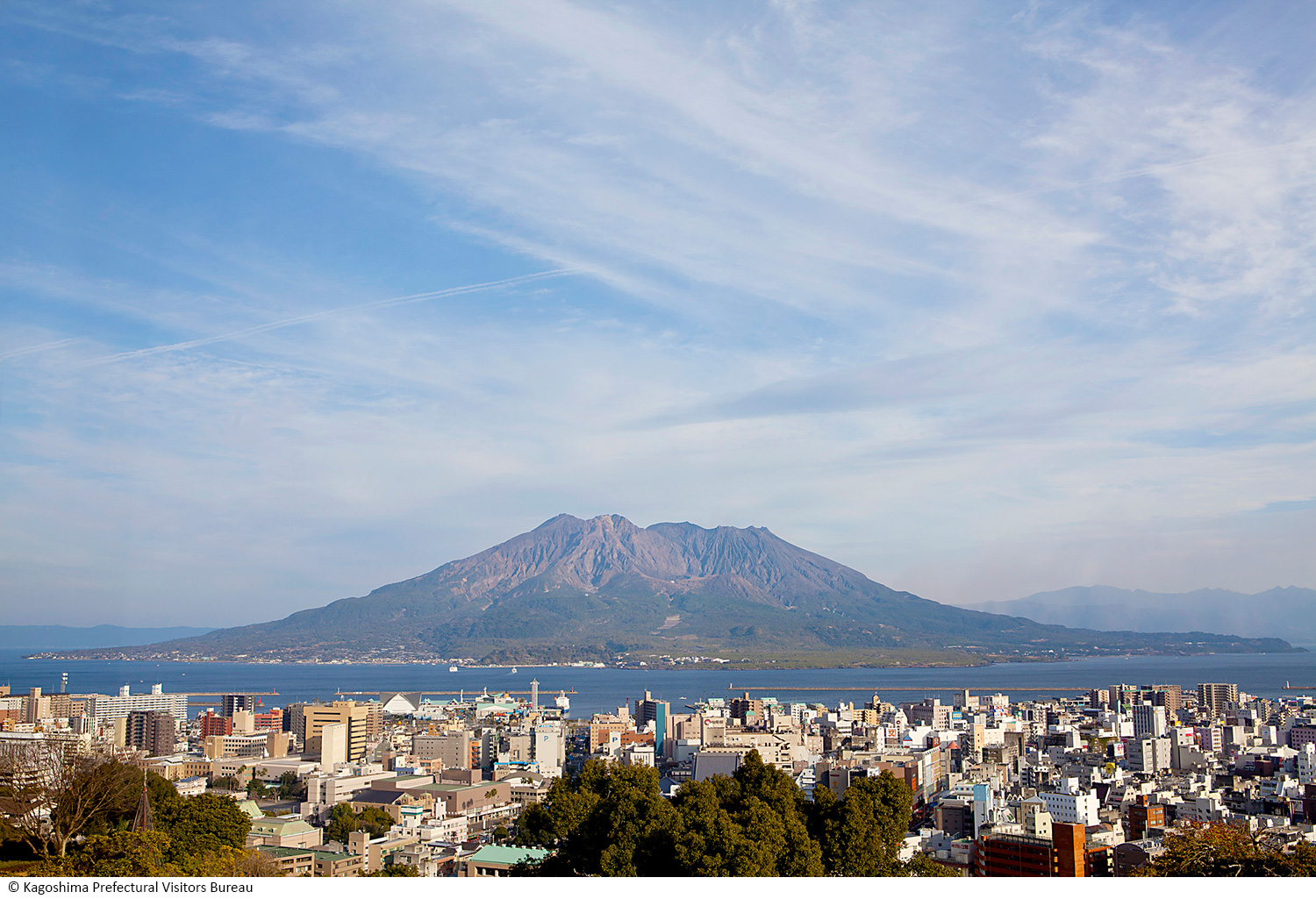
Kagoshima is located in the South of Kyushu and is accessible from Kumamoto via a 45-55min ride on the Sakura Bullet Train with your JR Kyushu Pass. This Bullet Train line runs through the center of Kyushu all the way from Hakata Station, Fukuoka, to Kagoshima (approx. 97mins).
Kagoshima is well known for Sakurajima; an active volcano just across Kagoshima Bay. Sakurajima smokes constantly and minor eruptions often take place every day, it’s a very impressive sight! After an eruption in 1914, Sakurajima used to be an island in Kagoshima bay, however, the lava flow connected the land to the Osumi Peninsula. Most travelers still access the volcano via ferry, though, as it only takes approx. 15mins from the Kagoshima ferry terminal. There are many things to do on Sakurajima such as hike along the many trails, visit the observation points, have a hot spring at the Magma Onsen, and even sit down to a free foot bath at Nagisa Park Foot Bath!
A popular Japanese garden to visit in Kagoshima is Senganen Garden, which offers a unique experience due to the stunning views of Sakurajima and Kagoshima Bay. A particular type of cherry tree blooms here as early as the end of January, with the usual varieties blooming in early April. You can also see a peaceful bamboo grove, some shrines, and small ponds within the grounds. Senganen can be accessed by the City View Bus from Kagoshima-Chuo Station in around 50mins and tickets can be purchased at the Station for ¥190 per adult per single trip or ¥600 per adult for unlimited daily use – this bus is not included on your JR pass.
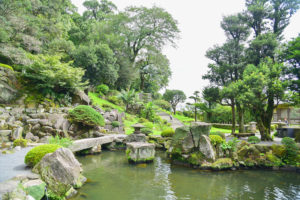
Another site that I recommend visiting in Kagoshima is Shiroyama Park. The park sits atop Mount Shiroyama and offers sweeping views of Kagoshima city, Kagoshima Bay & Sakurajima from the Shiroyama Observatory. Spectacular views are also offered at the outdoor hot spring bath of the Castle Park Hotel that is open to the public. The Observatory can be accessed by the City View Bus from Kagoshima Chuo Station in approx. 25mins.
For those after natural scenery, I would highly recommend taking a side trip to Yakushima Island; a subtropical island located approx. 2-3 hours from Kagoshima Ferry Terminal via high-speed boat. This is a beautiful spot for hiking among the ancient cedar trees and taking in the breathtaking forest. There is a bus network on the island that will take you to the main areas for hiking on the island such as Yakusugi Land (National Park area with 1000+-year-old cedars) and Shiratani Unsuikyo (lush green National Park area that was the inspiration for the Ghibli film, Princess Mononoke), or you could even hire a car and take the car ferry which departs each morning.
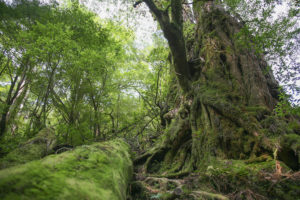
When it comes to the regional cuisine of Kagoshima, I would recommend trying the mouthwatering kurobuta (black pork) as tonkatsu (breaded and deep-fried pork cutlet usually served with rice and sliced cabbage).
Beppu
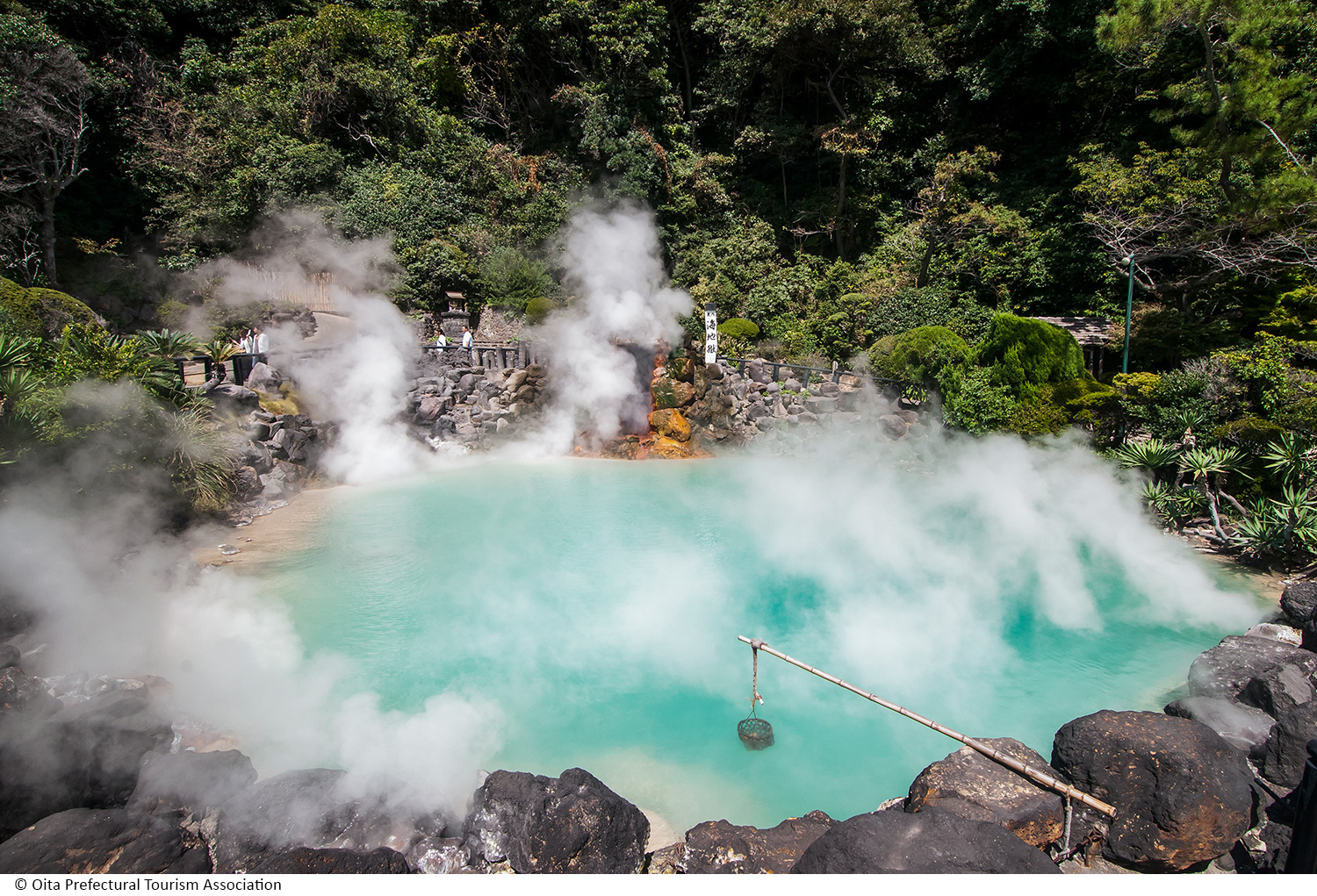
Beppu is located north-east of Kagoshima and is accessible in just over 3 hours from Kagoshima-Chuo Station via the Sakura Bullet Train to Kokura Station, transferring to the Ltd. Exp. Sonic Line to Beppu Station (all covered on your JR Kyushu Pass). From Fukuoka, you can easily access Beppu, via Kokura also, within 1.5 hours.
Beppu is well known as being one of the largest hot spring towns in Japan. At the top of your list should be to experience one of the hundreds of public baths here. Relaxing in the warm onsen waters, especially the outdoor ones with spectacular natural views, is something that I love to do in Japan. Most hotels and Ryokan in Beppu will also have hot springs on site. At a lot of these bathhouses, there are restaurants that serve the local cuisine; Jigoku Mushi (steam cooking), where food is steamed over the hot spring pools giving you a healthy and delicious meal!
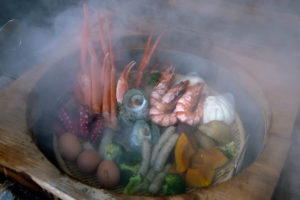
Beppu is also home to some types of hot spring that aren’t for bathing; Jigoku, or ‘hells’, are seven different, extremely hot, pools of sulphuric water in different environments. They are made up of different colours, some bright blue, some muddy and bubbly and one blood red! I loved visiting some of the hells in Beppu and tasting some of the different foods that steam above the hot spring waters, such as eggs and pudding! The best way to get around to most of the hells is to do a Beppu city tour.
Another notable attraction in Beppu is the Beppu Ropeway, which takes you to the top of Mount Tsurumi where you can see a stunning view of Beppu City, Oita City, and Mount Yufu. There are some nice walking tracks atop the mountain and a small shrine as well. For those more experienced hikers, you can climb the entire mountain in around 2 hours instead of taking the ropeway. To get to the Ropeway, you will need to take a bus from Beppu Station which takes approx. 20mins and costs ¥420 per adult, per way.
For animal lovers, Takasakiyama Monkey Park is another attraction located in between Beppu & Oita. The Park is home to Japanese macaques (the same breed as the famous snow monkeys in Nagano). You can pair this visit with the nearby Umitamago Aquarium. These attractions can be reached by a 10min bus ride from Beppu Station.
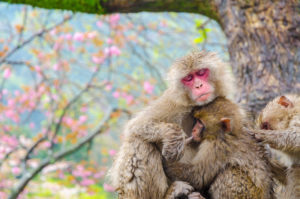
Finally, if you haven’t had enough of hot springs, the nearby town of Yufuin is a quaint little town located nearby Mount Yufu. The town is made up of Ryokan, hot springs, art museums, restaurants & cafes, and boutiques, surrounded by farmland and rice paddies, making for beautiful scenery to stroll around. There is also Lake Kinrinko located about 1.5km from the station. You can access Yufuin with your JR Kyushu Pass with a change at Oita Station in approx. 80mins one way.
For more detail on what to do in Beppu, check out our blog here: Beppu, Japan: A Day of Onsen, Nature & Food!
Summary
If you’re wanting to visit Kyushu, the JR Kyushu Pass could be the right option for you. For any inquiries regarding the diverse Kyushu region and how to best make use of your JR pass, contact our knowledgable Japan Specialists or your local Travel Agent and we will tailor-make a special Kyushu itinerary just for you!
JR Kyushu Pass
JR Kyushu offers 3 types of Rail Pass: the All-Area Kyushu Pass (unlimited train travel on JR lines on 3 or 5 consecutive days), North Kyushu Pass (unlimited train travel on JR lines on 3 or 5 consecutive days) and the South Kyushu pass (unlimited train travel on JR lines on 3 consecutive days). The All-Area Kyushu Pass, as the name suggests, offers unlimited JR line travel on all of the Kyushu JR lines. For more information on the specific passes, see our JR Kyushu pass page here↓↓↓

